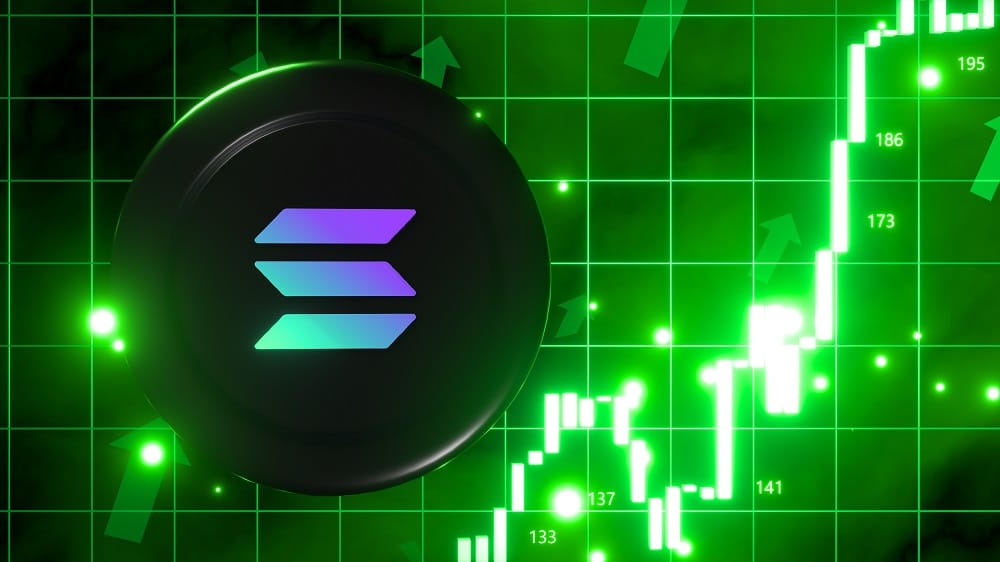DeFi represents the largest use for cryptocurrencies, according to a16z.
There are 170 billion dollars deposited in DeFi protocols.
Decentralized finance (DeFi) is far from having said its last word. Although a few years have passed since the initial “DeFi Summer” explosion, this sector continues to quietly expand, providing new investment opportunities and attracting more and more developers and capital.
In the cryptocurrency ecosystem, DeFi has become one of the most active and dynamic areas. In fact, the only category that attracts developers more than cryptocurrency network infrastructure is DeFi, according to a report from investment firm a16z crypto.
This sector not only represents a large part of technological innovation, but also the use of cryptocurrencies, with 34% of daily active addresses focused on these platformshe highlights.
Since the summer of 2020, a key moment for DeFi, the sector has experienced significant growth. During this “DeFi Summer,” the total value locked (TVL) across all protocols reached record levels, cementing the relevance of decentralized finance.
From that point on, the rise of decentralized exchanges (DEX) has been notable, reaching 10% of cryptocurrency spot trading volumeas shown in the following graph.

A particularly revealing fact if you consider that, just four years ago, all this activity occurred on centralized exchanges.
Even though the frenzy surrounding DeFi in 2020 and 2021 due to astronomical gains in ‘yield farming’ has decreased, the sector continues its course, DeFi has consolidated itself in the cryptocurrency sector.
At the moment, It is estimated that more than $170 billion is deposited in thousands of DeFi protocolsa fact that underlines its relevance and continuous growth.
The leading staking in DeFi
Among the most popular subcategories of DeFi are staking and decentralized lending. Staking, which involves leaving cryptocurrencies deposited in a smart contract or wallet to generate profits, has seen some recent ups and downs.
In the case of the Ethereum network, profits for validators have suffered a significant drop, according to what was reported by CriptoNoticias. According to on-chain data, in June 2024, validators generated $289 million in profits, but this number dropped by 27% in the following months, reaching only $209 million in September, as seen in the chart below.

This marks a turning point after sustained growth since October 2022, leaving staking rewards on Ethereum near all-time lows.
However, despite this drop in profitability, there are signs that staking continues to play a key role in network security. The a16z crypto fund reported that the amount of ether (ETH) staking has increased to 29%, compared to 11% two years agoas seen in the graph.

This increase “greatly improves network security,” underscoring the importance of staking on the Ethereum network, especially after its successful transition to a proof-of-stake (PoS) model.
Additionally, this transition has “significantly reduced Ethereum’s energy consumption and environmental footprint.”
DeFi, an alternative to banks
Beyond profitability metrics, DeFi offers a promising alternative to centralized financial systems, a context where the US banking system has shown signs of weakening.
Around 60 banks were on the brink of insolvency in the first quarter of 2024 and 52 entities were on the “problem bank list”.
These financial institutions, which face unrealized losses of $517 billionhave seen a shrinking proportion of large banks dominate assets in the country, a worrying trend for financial stability.
For this reason, a16z crypto considers that DeFi is emerging as a decentralized option that is resistant to these vulnerabilities.






Leave a Reply